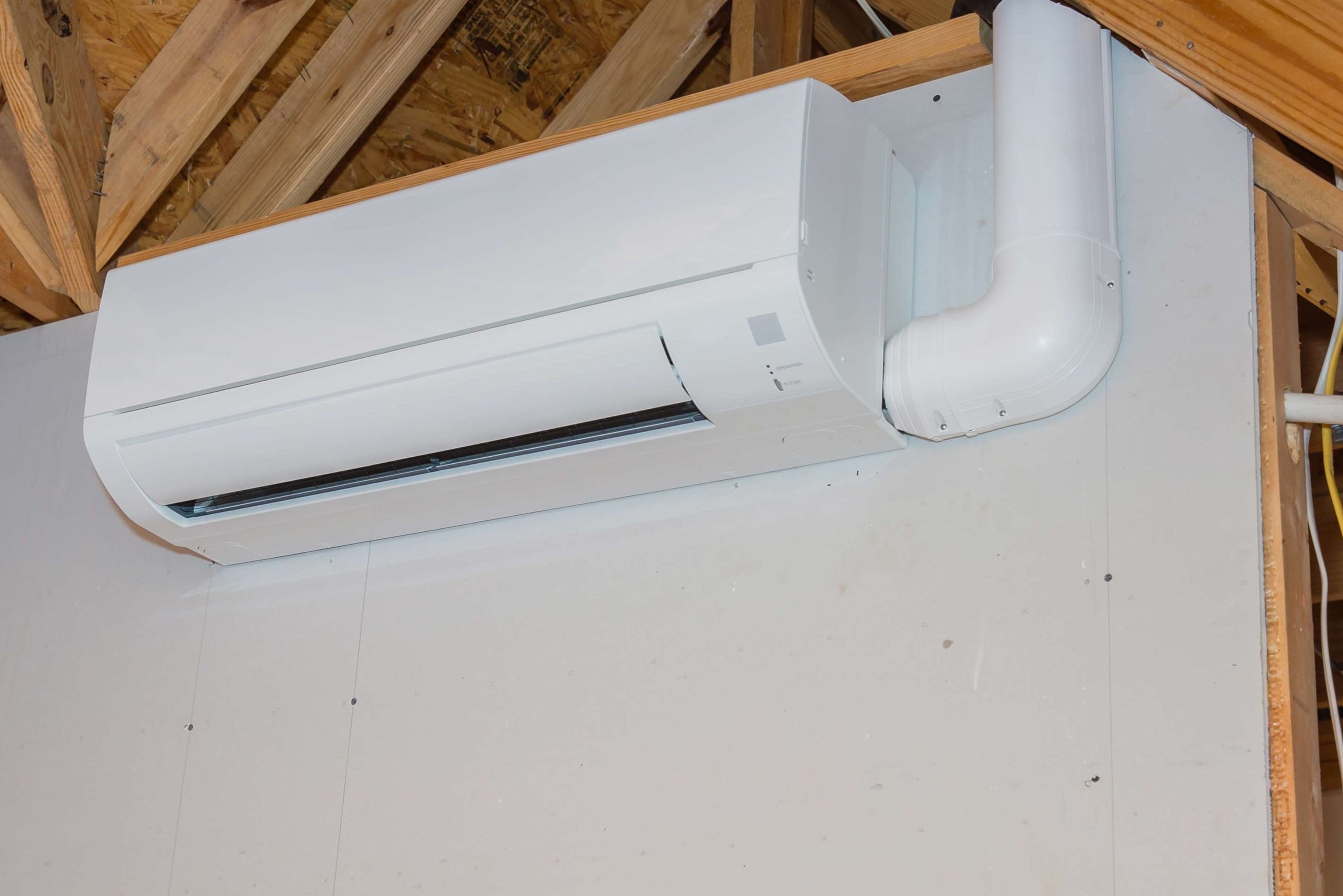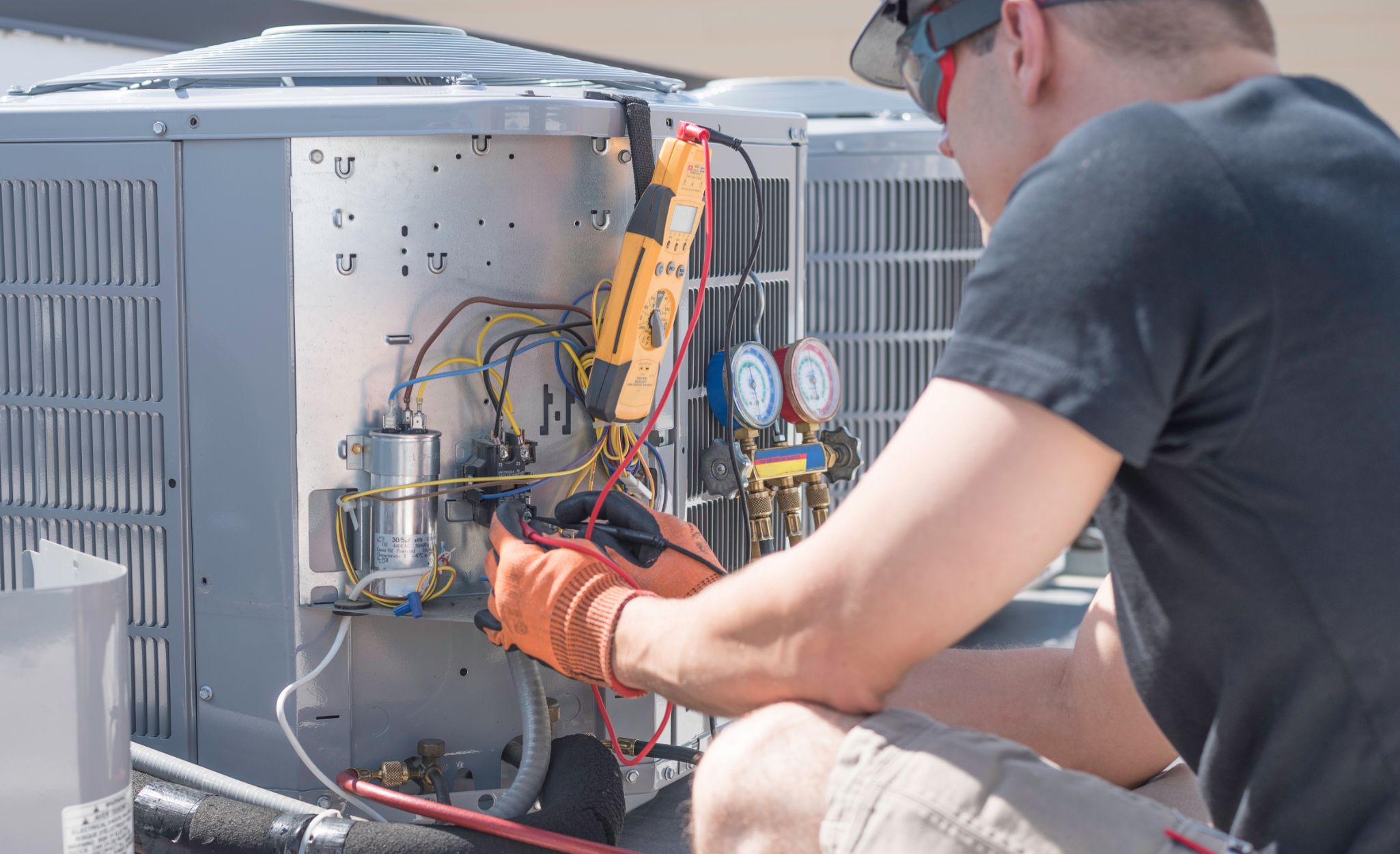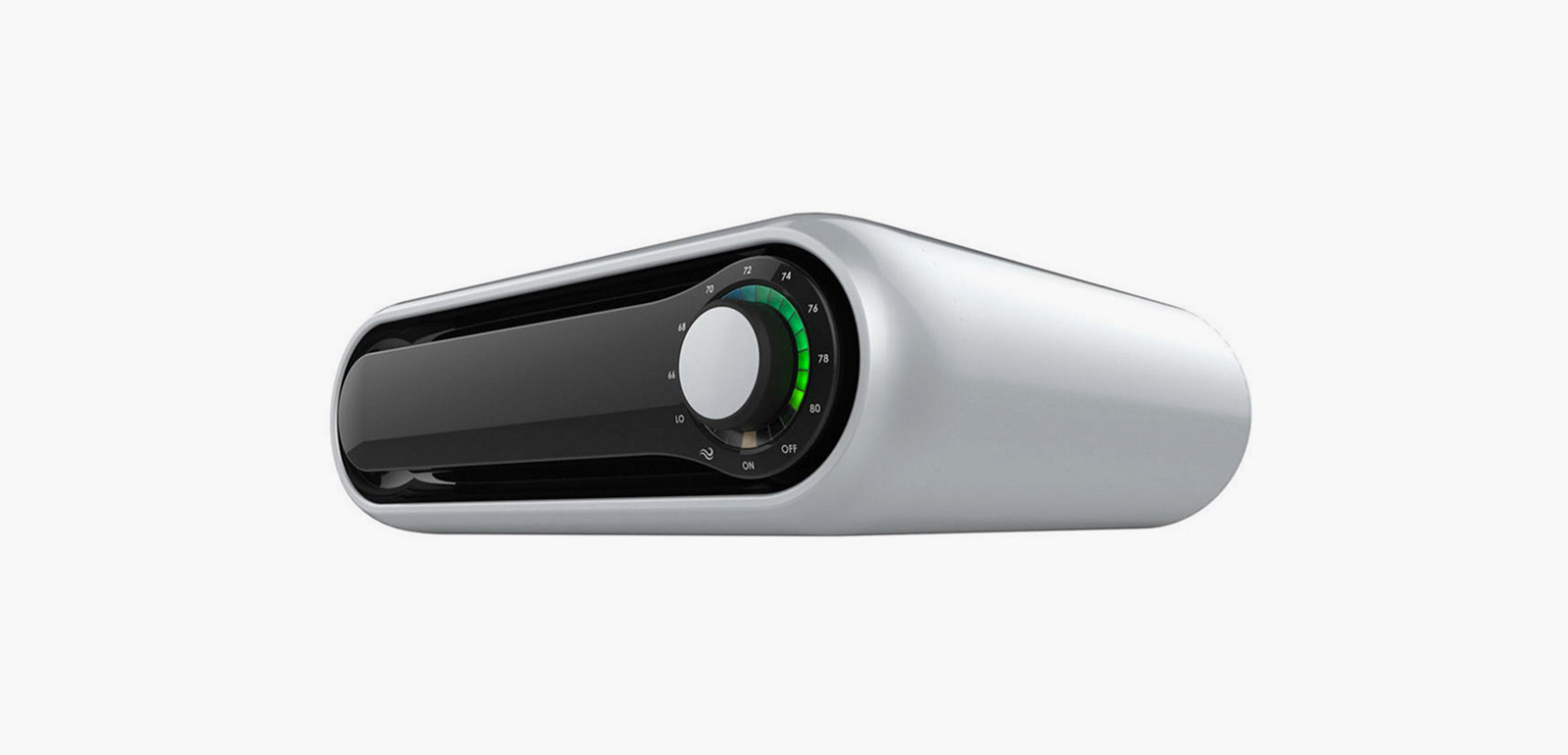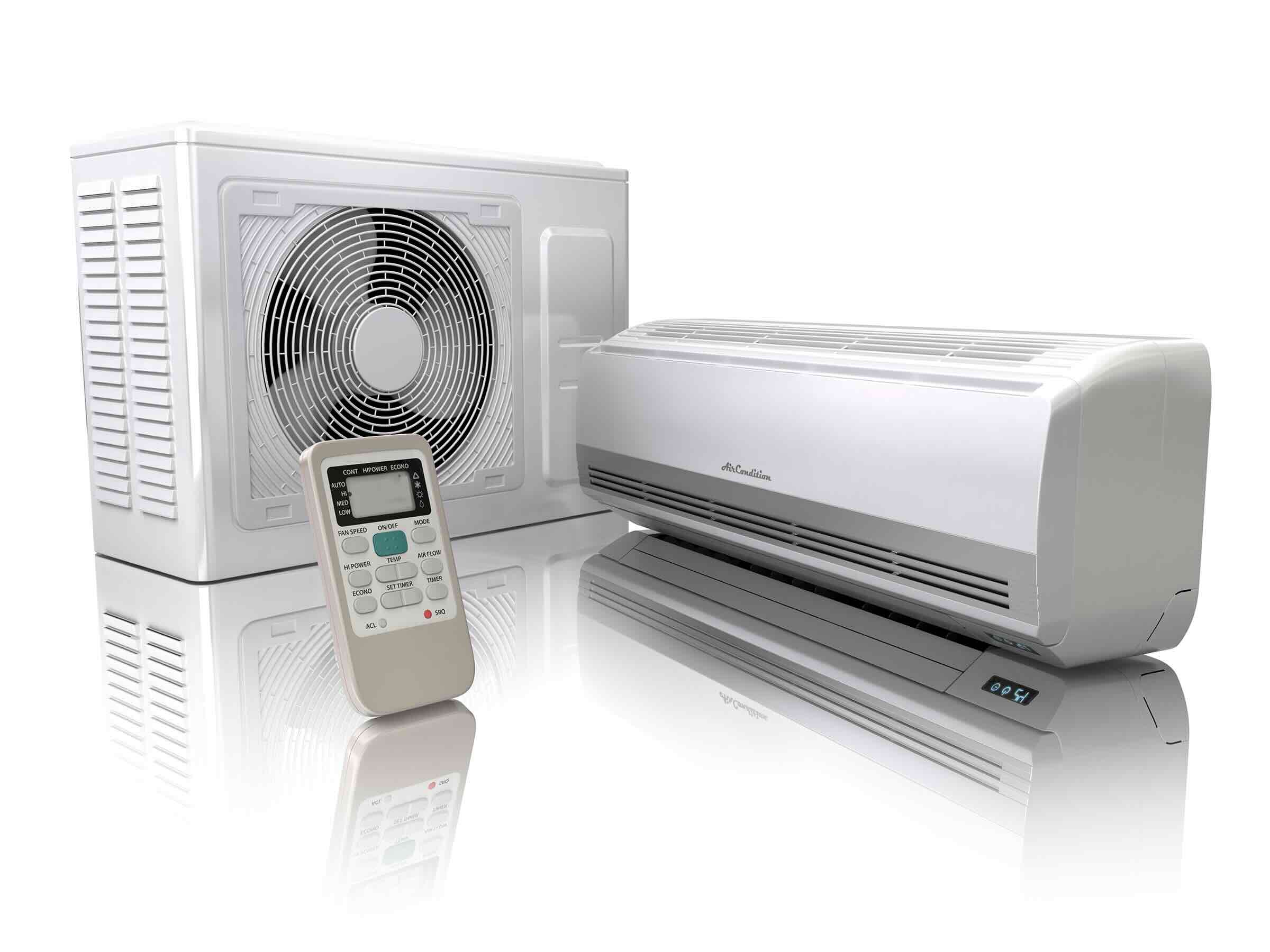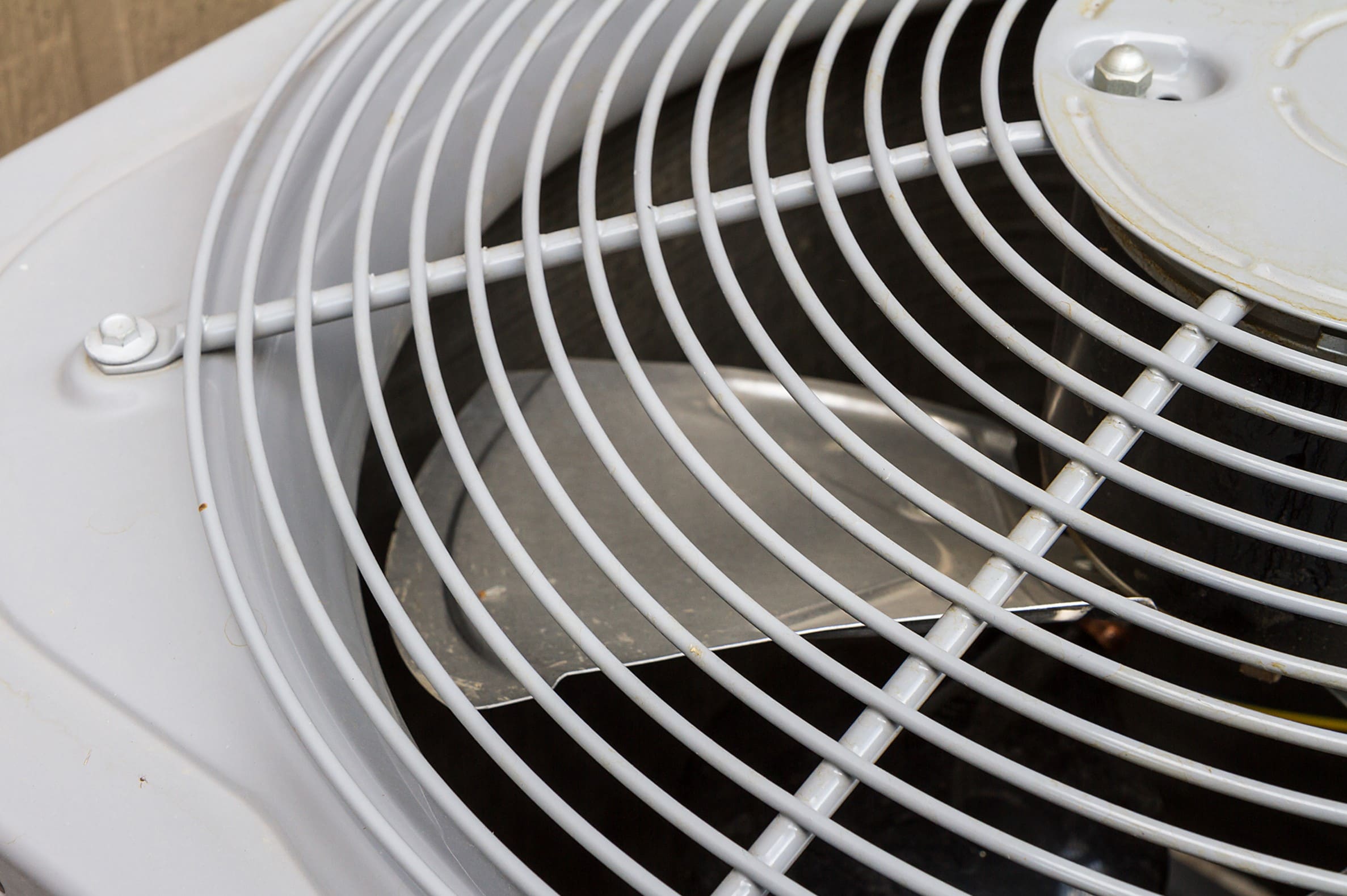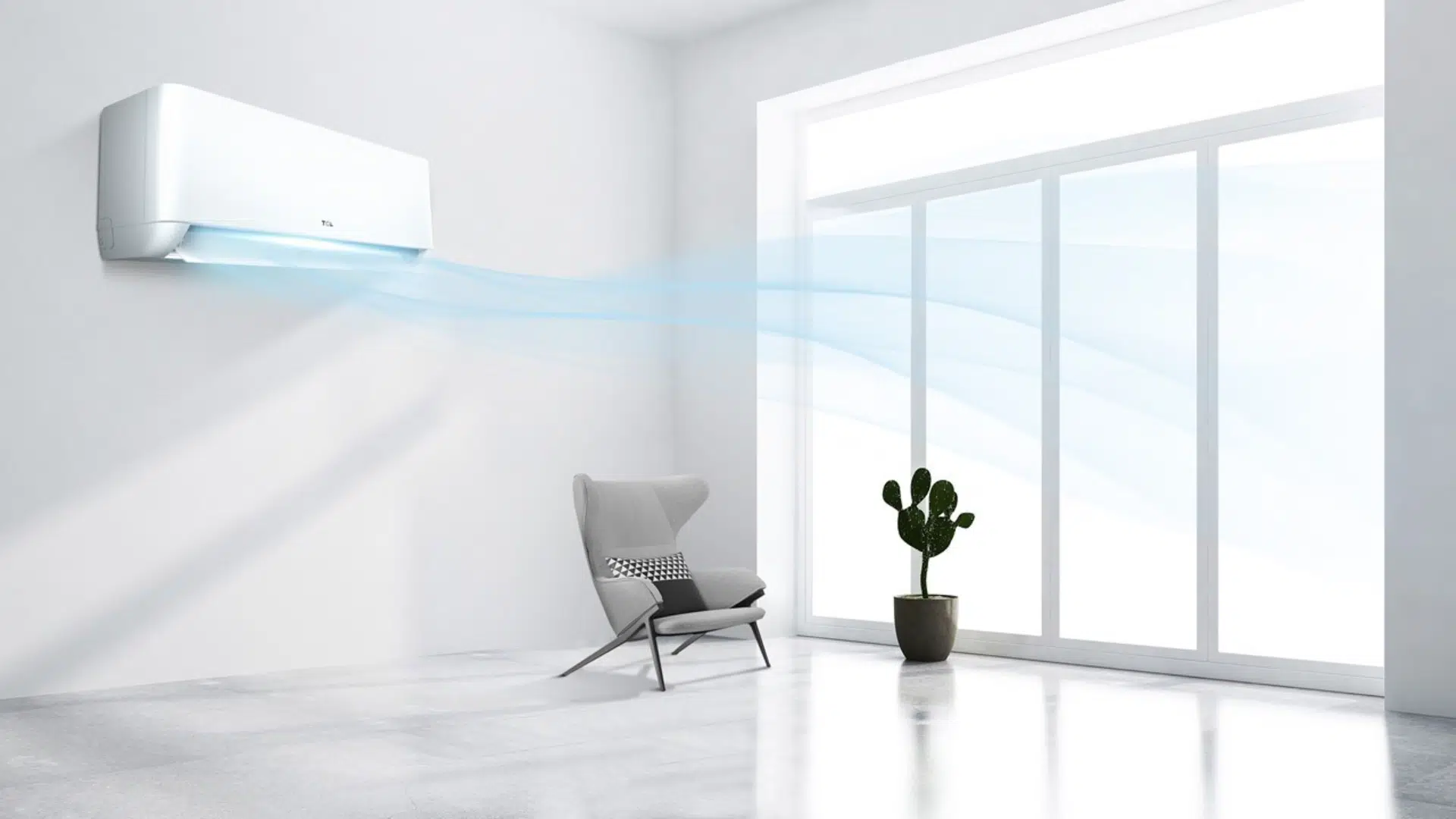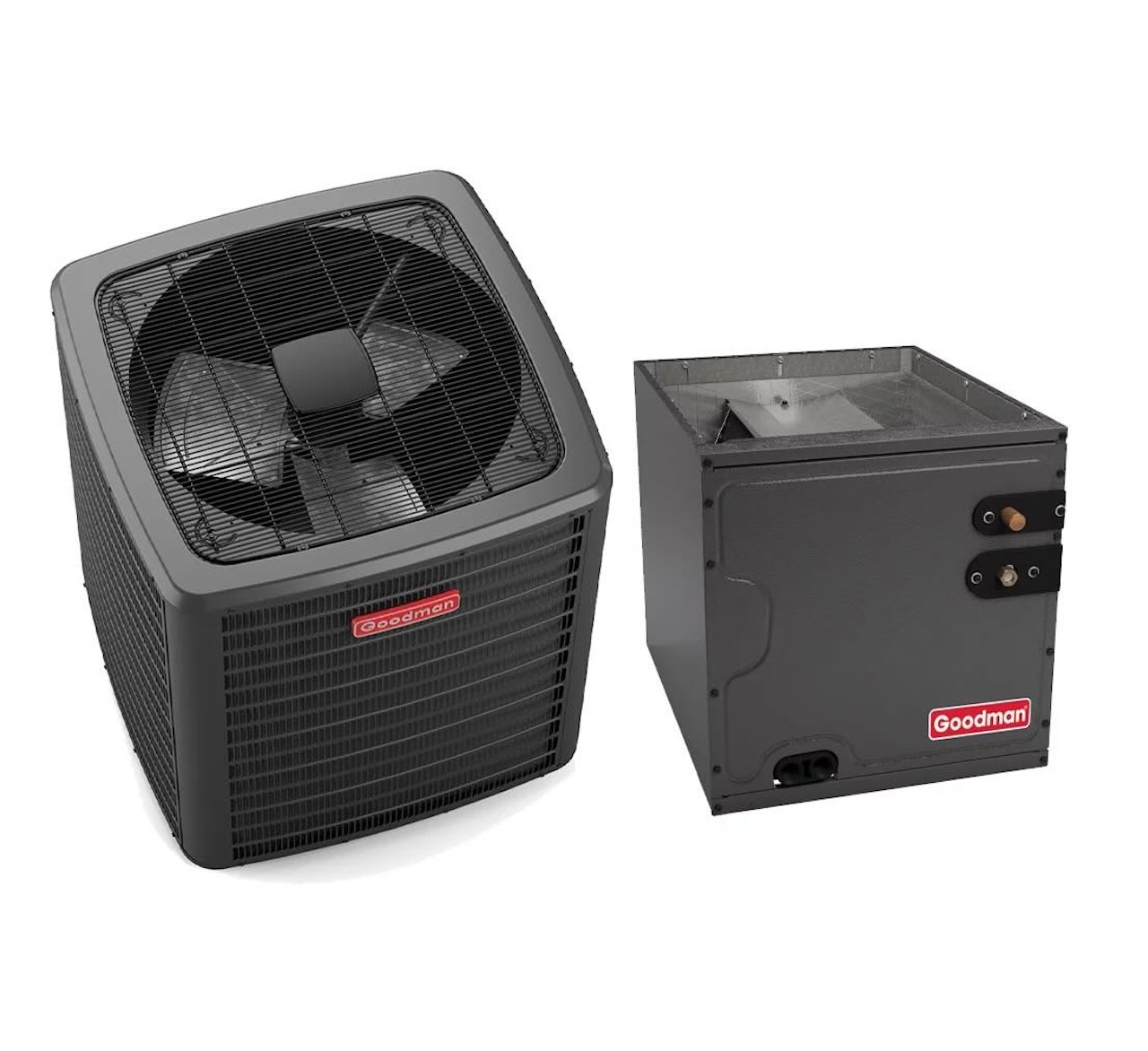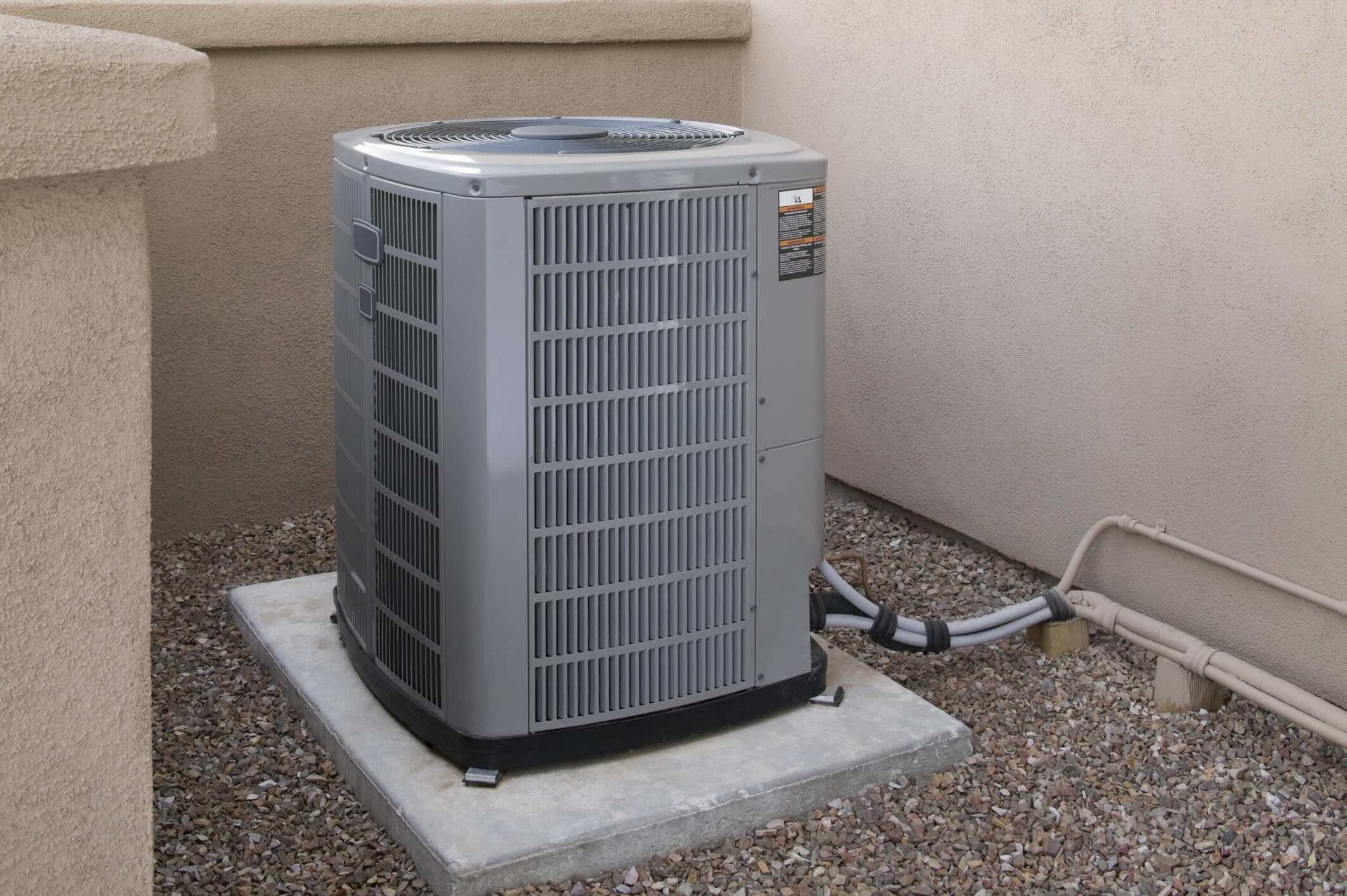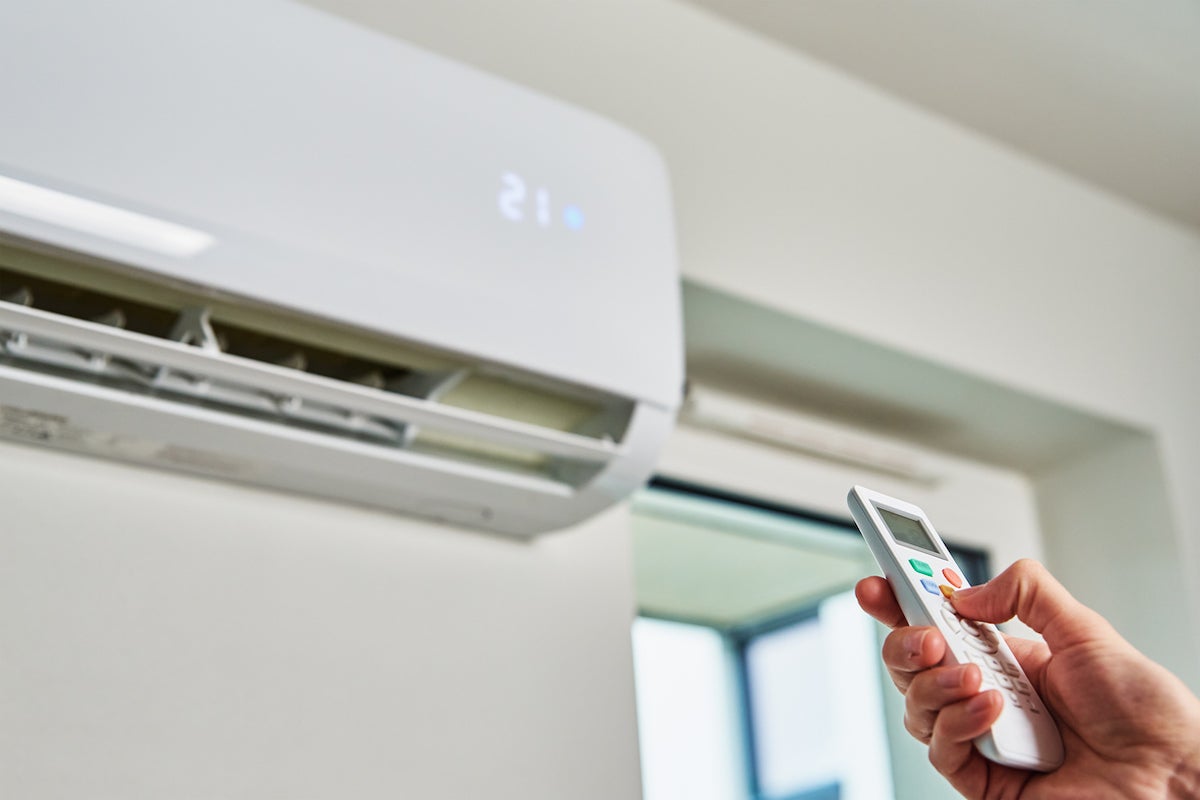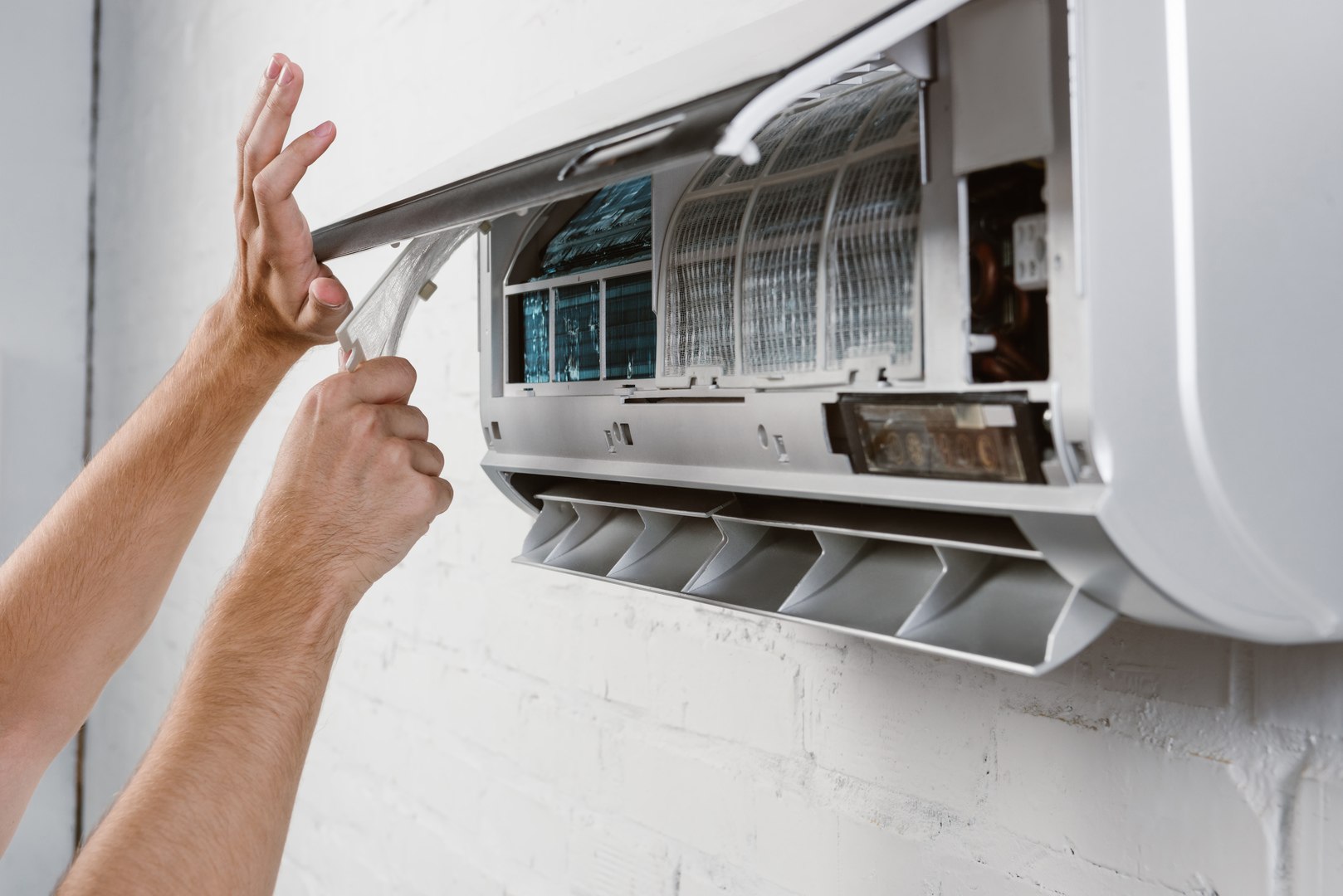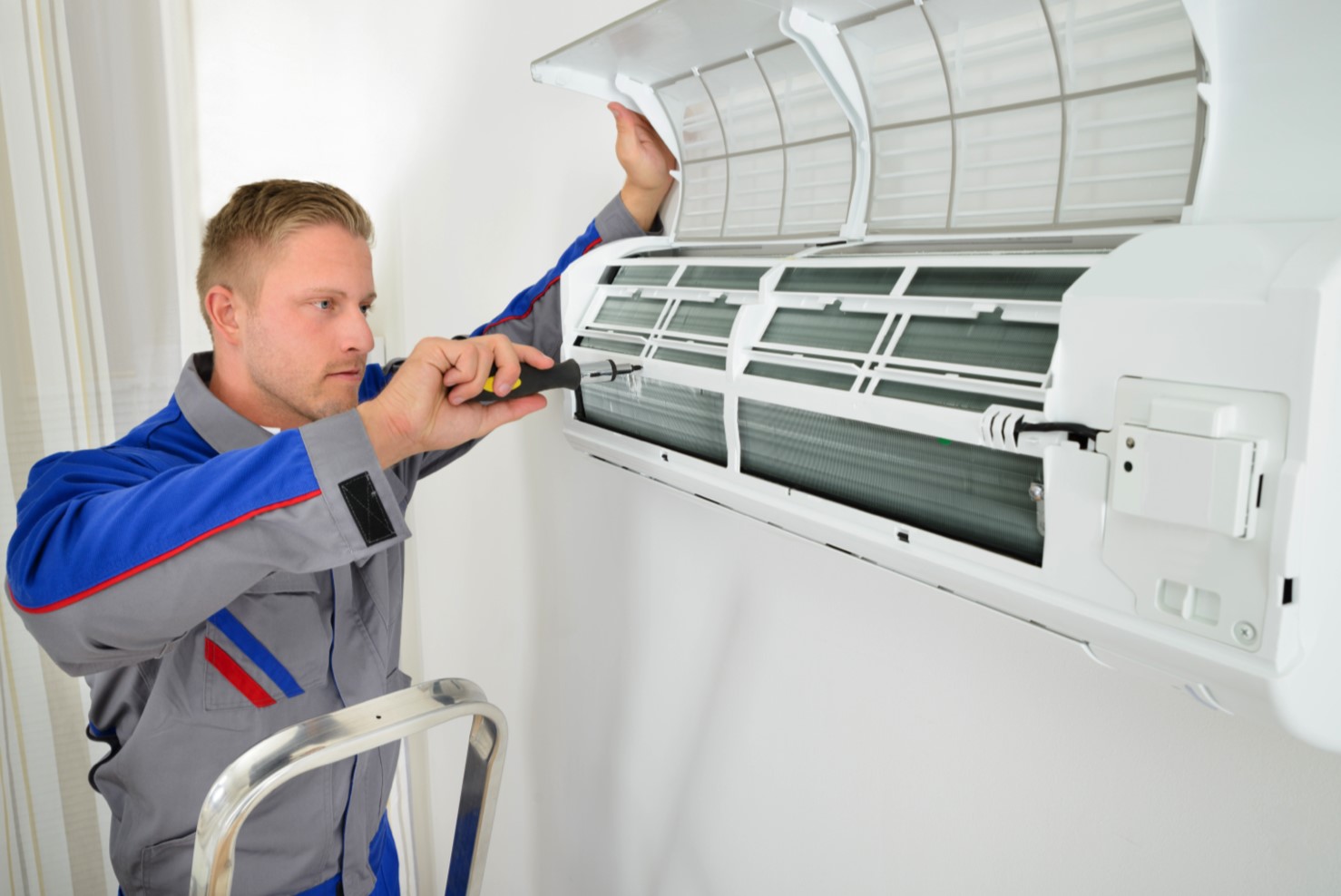Home>Home Maintenance>How Much Is A Split Air Conditioner
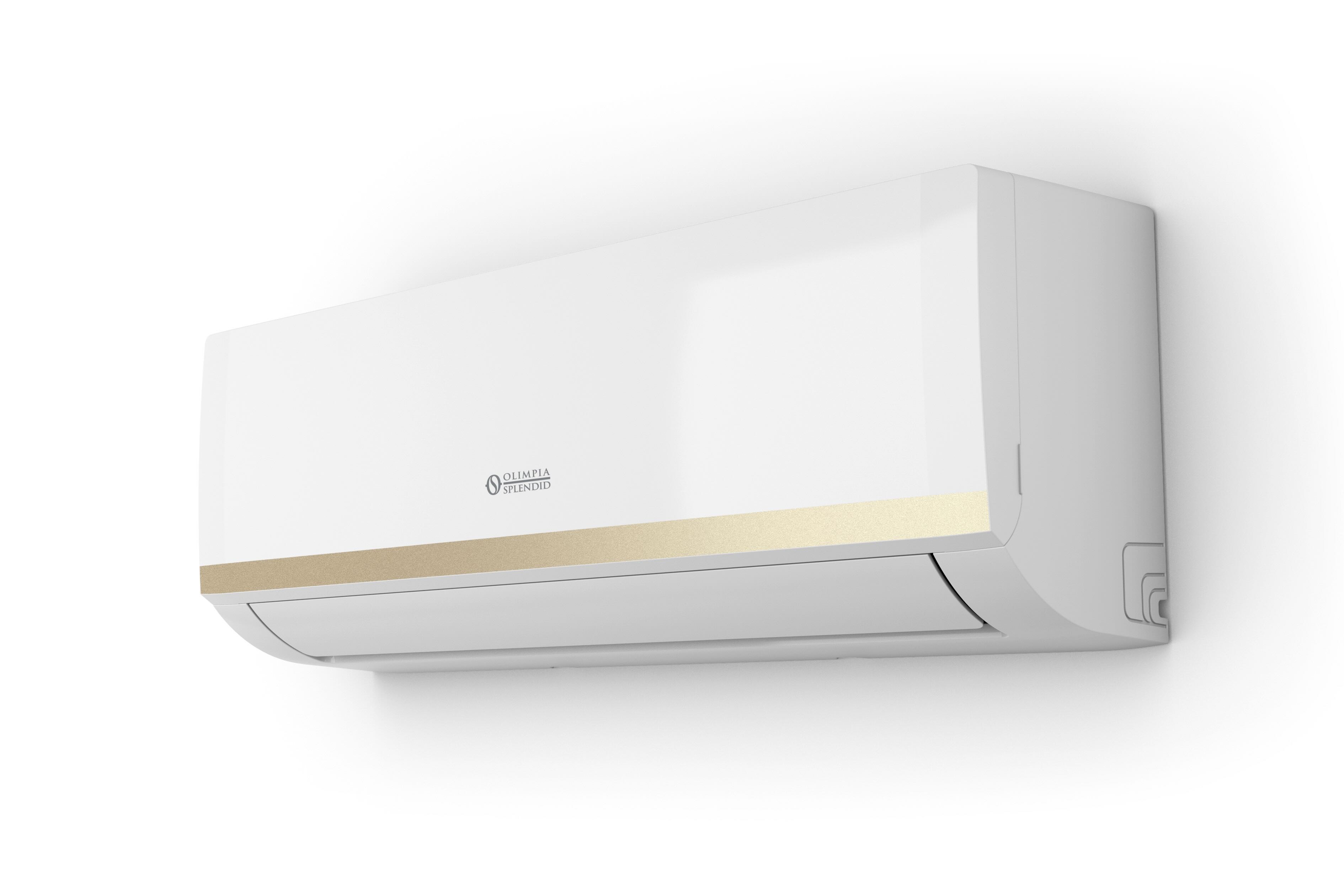

Home Maintenance
How Much Is A Split Air Conditioner
Modified: March 24, 2024
Find out the cost of a split air conditioner for your home maintenance needs. Stay cool and comfortable all year round.
(Many of the links in this article redirect to a specific reviewed product. Your purchase of these products through affiliate links helps to generate commission for Storables.com, at no extra cost. Learn more)
Introduction
Welcome to our comprehensive guide on the cost of split air conditioners. If you’re considering installing a split air conditioner in your home, understanding the factors that can affect the cost is crucial. Split air conditioners are a popular choice for homeowners due to their energy efficiency and quiet operation.
In this article, we will discuss what split air conditioners are and explore the various factors that can influence their cost. We’ll also delve into installation costs, maintenance and repair expenses, and provide some helpful tips to help you save money when purchasing a split air conditioning unit.
Whether you’re looking to upgrade your current cooling system or need to install air conditioning in a new construction project, this guide will provide you with valuable insights to make an informed decision and ensure you’re getting the best value for your money.
Key Takeaways:
- Choosing the right size and energy-efficient split air conditioner can save you money in the long run by reducing energy bills and preventing unnecessary repairs. Prioritize professional installation and regular maintenance for optimal performance.
- Consider long-term savings and potential rebates when purchasing a split air conditioner. Compare prices, prioritize energy efficiency, and invest in a properly sized unit to ensure comfort and cost-effectiveness.
Read more: What Is A Split Unit Air Conditioner
What is a Split Air Conditioner?
A split air conditioner, also known as a ductless or mini-split system, is a type of air conditioning system that consists of two main components: an indoor unit and an outdoor unit. Unlike traditional central air conditioning systems that utilize ductwork to distribute cool air throughout the home, split air conditioners do not require ducts.
The indoor unit of a split air conditioner is usually mounted on a wall or ceiling and is responsible for blowing cool air into the room. It contains a fan, evaporator coil, and a filter to remove dust and allergens from the air. The outdoor unit, on the other hand, houses the compressor, condenser coil, and the expansion valve.
Split air conditioners work by drawing warm air from inside the room through the evaporator coil. The warm air is cooled and dehumidified as it passes over the coil, and the cooled air is then blown back into the room. The heat collected from the air is transferred to the outdoor unit and released into the atmosphere.
One of the main advantages of split air conditioners is their flexibility in terms of installation. They are ideal for homes that do not have existing ductwork or where traditional ducted systems are not feasible. Additionally, split air conditioners allow for zoned cooling, meaning you can have different temperature settings in different rooms or areas of your home. This can help save energy by cooling only the rooms that are being used.
Split air conditioners are available in various sizes and BTU (British Thermal Units) ratings to accommodate different room sizes and cooling needs. They are also known for their energy efficiency, with many models featuring inverter technology that adjusts the compressor speed based on the cooling demand, resulting in lower energy consumption and reduced utility bills.
Now that you have a basic understanding of what a split air conditioner is, let’s explore the factors that can affect its cost.
Factors Affecting the Cost of a Split Air Conditioner
When it comes to purchasing a split air conditioner, there are several factors that can impact the overall cost. It’s important to consider these factors to ensure you’re getting the best value for your investment. Let’s take a closer look at the main factors that influence the cost of a split air conditioner:
- Size and BTU Rating: The size and BTU rating of the air conditioner play a significant role in determining its cost. A larger unit with a higher BTU rating will be more expensive compared to a smaller unit. The size and BTU rating should match the cooling needs of the room or area where the air conditioner will be installed. An undersized unit may struggle to cool the space efficiently, while an oversized unit will be inefficient and result in higher energy consumption.
- Energy Efficiency: Energy-efficient air conditioners often come with a higher price tag, but they can help you save money in the long run. Look for air conditioners with a high SEER (Seasonal Energy Efficiency Ratio) rating, as they are more efficient and can significantly reduce your energy bills. Although energy-efficient models may cost more upfront, the savings on energy costs over time can outweigh the initial investment.
- Additional Features and Customization: Some split air conditioners come with advanced features such as smart thermostats, Wi-Fi connectivity, or programmable timers. These additional features can add to the cost of the unit but can enhance convenience, comfort, and control. Additionally, certain customization options such as aesthetic design or decorative panels may also increase the overall cost.
- Brand and Quality: The brand and quality of the split air conditioner can affect the price. Well-established brands with a reputation for reliability and performance often command a higher price. However, it’s essential to balance the cost with the reliability and durability of the unit. Opting for a reputable brand can ensure a longer lifespan and better performance in the long run.
- Installation Costs: The installation of a split air conditioner involves various factors that can impact the overall cost. These factors include the complexity of the installation, the distance between the indoor and outdoor units, and any additional materials or modifications required. It’s recommended to hire a professional HVAC technician to ensure proper installation, which may incur additional labor costs.
By considering these factors, you can make an informed decision when purchasing a split air conditioner that suits your budget and cooling requirements. In the next section, we will delve deeper into the installation costs of a split air conditioner.
Installation Costs
When it comes to installing a split air conditioner, it’s crucial to factor in the cost of professional installation. While some homeowners may attempt a DIY installation, it’s highly recommended to hire a licensed HVAC technician for a proper and efficient installation. The installation costs of a split air conditioner can vary depending on several factors:
- Complexity of the Installation: The complexity of the installation can impact the overall cost. Installing a split air conditioner in a room that already has the necessary electrical wiring and mounting space may be less expensive compared to a more complex installation that requires additional electrical work, wall modifications, or professional guidance to determine the ideal placement of the indoor and outdoor units.
- Distance between Units: The distance between the indoor and outdoor units can affect the installation costs. If the units need to be installed far apart, additional refrigerant lines and wiring may be required, resulting in higher material and labor costs.
- Additional Materials: Depending on the specifics of the installation, additional materials such as mounting brackets, conduit pipes, electrical wiring, and insulation may be necessary. These additional materials can add to the overall installation costs.
- Labor Costs: Hiring a professional HVAC technician for the installation is highly recommended to ensure proper handling and installation of the split air conditioner. The labor costs can vary depending on factors such as location, complexity of the installation, and the technician’s expertise. It’s advisable to obtain multiple quotes from reputable HVAC contractors to compare prices and ensure a fair deal.
- Permits and Regulations: In some areas, obtaining permits for air conditioning installations may be required. These permits can incur additional costs, so it’s important to inquire with local authorities or your HVAC technician about any necessary permits and related fees.
It’s worth noting that installation costs can vary significantly depending on the specific requirements of your home and the complexity of the installation. To get an accurate estimate, it’s recommended to consult with a licensed HVAC professional who can assess your specific needs and provide a detailed quote.
In the next sections, we will explore other factors that can influence the overall cost of a split air conditioner, including the size and BTU rating, energy efficiency, and additional features. Stay tuned!
Size and BTU Rating
The size and BTU (British Thermal Units) rating of a split air conditioner are crucial factors to consider when determining the cost. The size and BTU rating should be chosen based on the cooling needs of the room or area where the air conditioner will be installed. Let’s take a closer look at these two factors:
- Size: The size of the split air conditioner refers to its cooling capacity, measured in BTUs. Choosing the right size is important to ensure optimal cooling performance and energy efficiency. An undersized unit will struggle to cool the space efficiently, while an oversized unit will cycle on and off frequently, which can lead to increased energy consumption and reduced comfort.
- BTU Rating: The BTU rating indicates the cooling capacity of the air conditioner. The higher the BTU rating, the more cooling power the unit has. The BTU rating required for a specific room depends on factors such as the room size, insulation, number of windows, and the amount of heat generated by appliances and occupants. A rule of thumb is to estimate the cooling capacity at around 20 BTUs per square foot of space.
When choosing the size and BTU rating of a split air conditioner, it’s essential to accurately assess the cooling needs of the room. If the unit is too small, it will struggle to cool the room effectively. On the other hand, an oversized unit will consume more energy and may not remove humidity adequately.
It’s recommended to consult with a professional HVAC technician who can perform a cooling load calculation to determine the right size and BTU rating for your specific requirements. This calculation takes into account factors such as room size, insulation, window orientation, and heat-generating equipment to determine the ideal cooling capacity.
Keep in mind that the size and BTU rating of the split air conditioner will impact the cost. Larger units with higher BTU ratings will generally be more expensive compared to smaller units. However, investing in a properly sized unit ensures optimal cooling performance and energy efficiency, which can result in long-term cost savings on energy bills.
In the next section, we will explore the importance of energy efficiency in a split air conditioner and how it can affect the overall cost.
When considering the cost of a split air conditioner, it’s important to factor in the size of the unit, installation costs, and energy efficiency. Additionally, it’s a good idea to compare prices from different brands and retailers to find the best deal.
Energy Efficiency
When it comes to choosing a split air conditioner, energy efficiency is a crucial factor to consider. An energy-efficient unit not only helps reduce your carbon footprint but also leads to long-term cost savings on your utility bills. Let’s explore the importance of energy efficiency and how it can affect the overall cost of a split air conditioner:
Reduced Energy Consumption: Energy-efficient split air conditioners are designed to consume less electricity compared to their less efficient counterparts. They achieve this through various features, such as inverter technology, which allows the compressor to adjust its speed based on the cooling demand. This results in optimal energy usage, ensuring that you’re not wasting electricity unnecessarily.
Lower Utility Bills: By investing in an energy-efficient split air conditioner, you can expect to see a reduction in your monthly utility bills. While energy-efficient units may have a slightly higher upfront cost, the savings on your electricity bills can offset that expense over time. You’ll end up saving money in the long run while enjoying a comfortable indoor environment.
Environmental Impact: Choosing an energy-efficient split air conditioner also contributes to reducing greenhouse gas emissions. Energy-efficient units consume less power, which means less reliance on fossil fuel-generated electricity. By reducing your carbon footprint, you’re making a positive impact on the environment and promoting sustainability.
SEER Rating: When comparing energy efficiency among split air conditioners, look for the SEER rating (Seasonal Energy Efficiency Ratio). The SEER rating indicates the cooling output divided by the energy consumed during a typical cooling season. The higher the SEER rating, the more energy-efficient the unit. In general, units with higher SEER ratings may have a higher upfront cost but will provide greater energy savings in the long run.
In addition to energy efficiency, consider other energy-saving features that a split air conditioner may offer, such as programmable timers, sleep mode, and smart thermostats. These features help optimize energy usage and provide additional control over the cooling system, further enhancing energy efficiency.
It’s important to note that energy efficiency can directly impact the cost of a split air conditioner. More energy-efficient models may have a higher upfront cost due to their advanced technology, but the long-term savings on energy bills can make them a worthwhile investment.
In the next section, we will discuss additional features and customization options that can influence the overall cost of a split air conditioner.
Additional Features and Customization Options
When purchasing a split air conditioner, you may come across various additional features and customization options that can enhance your comfort and convenience. These features and options can add to the overall cost of the unit but can also provide added value. Let’s explore some of the common ones:
Smart Thermostats: Many split air conditioners offer compatibility with smart thermostats. These thermostats allow you to control and monitor your cooling system remotely using a smartphone or other smart devices. Smart thermostats often include advanced features such as scheduling, energy usage tracking, and even integration with voice assistants like Alexa or Google Assistant.
Wi-Fi Connectivity: Split air conditioners with built-in Wi-Fi connectivity provide the convenience of controlling the unit through a dedicated app on your smartphone or tablet. With these units, you can adjust the temperature, control the fan speed, set timers, and even receive notifications and alerts for filter replacements or maintenance reminders.
Programmable Timers: Split air conditioners equipped with programmable timers allow you to set specific times for the unit to turn on or off. This feature can help you save energy and money by ensuring that the air conditioner operates only when needed, such as when you’re about to arrive home or when you’re asleep at night.
Zone Cooling: Some advanced split air conditioner systems offer zone cooling capabilities, allowing you to divide your home into different zones and control the cooling for each zone independently. This is especially useful if you have multiple rooms or areas with varying cooling needs, as it allows you to customize the temperature for each zone and avoid wasting energy on cooling unoccupied areas.
Aesthetic Design: Some manufacturers offer customization options for the appearance of the indoor unit, allowing you to choose different colors, finishes, or decorative panels to match your interior decor. While this is primarily a cosmetic feature, it can add a unique touch to your space and enhance the overall aesthetic appeal of the air conditioner.
It’s important to note that these additional features and customization options can increase the cost of the split air conditioner. However, they can also provide added convenience, control, and customization to enhance your overall experience with the unit.
Consider your specific needs and budget when deciding which features are important to you. While some features may seem enticing, it’s essential to prioritize those that align with your lifestyle and comfort requirements.
In the next section, we will delve into the maintenance and repair costs of split air conditioners and discuss some cost-saving tips.
Maintenance and Repair Costs
Like any other appliance, split air conditioners require regular maintenance to ensure optimal performance and longevity. Understanding the maintenance and repair costs associated with a split air conditioner is essential for budgeting and proper care of your unit. Let’s take a closer look at these costs:
Maintenance Costs: Regular maintenance, such as cleaning and servicing, is necessary to keep your split air conditioner in good working condition. Maintenance costs may include the cost of professional annual inspections, cleaning of filters and coils, lubrication of moving parts, and checking refrigerant levels. While you can perform some maintenance tasks yourself, it’s advisable to hire a professional HVAC technician for a thorough inspection and servicing to catch any potential issues early on.
Repair Costs: Over time, split air conditioners may experience malfunctions or breakdowns that require repairs. Common repair issues can include faulty compressors, refrigerant leaks, fan motor problems, or electrical component failures. The cost of repairs can vary depending on the extent of the problem, the availability of replacement parts, and the labor required to fix the issues. It’s important to consult with a qualified HVAC technician for an accurate diagnosis and cost estimate before proceeding with any repairs.
Warranty Coverage: Many split air conditioners come with a manufacturer’s warranty that covers certain repairs and replacement of defective parts. It’s crucial to understand the warranty terms and conditions, including the duration of coverage and any limitations or exclusions. Some manufacturers may offer extended warranties for an additional cost, providing further peace of mind and protection against unforeseen repair expenses.
Preventive Maintenance: One way to minimize repair costs is to invest in regular preventive maintenance. By scheduling professional maintenance at least once a year, you can identify potential issues early on and address them before they turn into expensive repairs. Preventive maintenance can also help improve energy efficiency and extend the lifespan of your split air conditioner, ultimately saving you money in the long run.
It’s worth noting that maintenance and repair costs can vary depending on factors such as the age and condition of your unit, the frequency of usage, and the availability of qualified technicians in your area. It’s advisable to budget for ongoing maintenance expenses and consider the cost of repairs when selecting a split air conditioner.
Now that we’ve covered the various factors that can affect the cost of a split air conditioner, let’s move on to some cost-saving tips that you can consider when purchasing a unit.
Cost-Saving Tips When Buying a Split Air Conditioner
Investing in a split air conditioner can be a significant expense, but there are several ways to save money without compromising on quality or performance. Consider these cost-saving tips when purchasing a split air conditioner:
- Energy Efficiency: Choose an energy-efficient split air conditioner with a high SEER (Seasonal Energy Efficiency Ratio) rating. While energy-efficient models may have a higher upfront cost, they can provide significant savings on your energy bills in the long run.
- Right Size and BTU Rating: Avoid over-sizing or under-sizing your split air conditioner. Choose the right size and BTU rating based on the cooling needs of the room or area where it will be installed. A properly sized unit will provide efficient cooling without unnecessary energy consumption.
- Compare Prices: Take the time to research and compare prices from different manufacturers and suppliers. Look for discounts, promotions, or seasonal sales that can help you save money on your purchase. However, be cautious and consider factors beyond just the price, such as brand reputation and warranty coverage.
- Consider Lifecycle Cost: Look beyond the initial purchase price and consider the long-term cost of owning the unit. Energy-efficient models may have higher upfront costs but can save you money over time through reduced energy consumption and lower utility bills. Factor in maintenance and repair costs as well to get a more accurate picture of the overall cost of ownership.
- Take Advantage of Rebates: Check if there are any rebates, incentives, or tax credits available for purchasing an energy-efficient split air conditioner. Many government agencies and utility companies offer such programs to encourage energy conservation. These financial incentives can help offset the initial investment and reduce your overall costs.
- Professional Installation: While hiring a professional HVAC technician for installation may seem like an added expense, it’s important to ensure that the unit is installed correctly. Improper installation can lead to inefficiencies, repairs, and even void the warranty. A professional installer will ensure that the unit is properly sized, the refrigerant lines are correctly connected, and the system is operating at its best efficiency, saving you money in the long run.
- Maintain Regularly: Follow the manufacturer’s recommended maintenance schedule to keep your split air conditioner in optimal condition. Regular cleaning, filter replacement, and professional servicing can improve efficiency, prevent costly repairs, and extend the lifespan of the unit.
- Consider Long-Term Savings: Look at the long-term cost savings potential of energy-efficient and durable models. While they may have a higher upfront cost, they can provide significant savings over their lifespan in terms of energy bills, repairs, and replacements. This can ultimately offset the initial investment and save you money in the long run.
By implementing these cost-saving tips, you can make a more informed decision when purchasing a split air conditioner and ensure that you get the best value for your money. Remember, it’s not just about the initial cost, but also the potential long-term savings and overall performance of the unit.
Now that we have covered various aspects related to the cost of a split air conditioner, let’s conclude our guide.
Read more: How To Size A Mini Split Air Conditioner
Conclusion
Installing a split air conditioner in your home can provide you with the comfort and convenience of efficient cooling without the need for extensive ductwork. However, it’s important to consider the various factors that can affect the cost when making a purchasing decision.
In this comprehensive guide, we have explored what a split air conditioner is and discussed the factors that influence its cost. We looked at the impact of size and BTU rating on the cost, the importance of energy efficiency in saving on utility bills, the additional features and customization options that can enhance your experience, and the maintenance and repair costs associated with split air conditioners.
To save money when buying a split air conditioner, consider factors such as energy efficiency, proper sizing, and comparing prices from different suppliers. Take advantage of rebates and incentives and prioritize professional installation and regular maintenance to ensure optimal performance and efficiency.
Remember, when making a decision, it’s important to consider not just the upfront cost of the unit but also the long-term savings and overall value it provides. An energy-efficient, properly maintained split air conditioner can save you money on your energy bills and provide you with years of reliable cooling.
We hope that this guide has provided you with valuable insights to make an informed decision when purchasing a split air conditioner. By understanding the cost factors and implementing our cost-saving tips, you can find the right unit that fits your budget and cooling needs.
Stay cool and enjoy the comfort of your split air conditioner!
Frequently Asked Questions about How Much Is A Split Air Conditioner
Was this page helpful?
At Storables.com, we guarantee accurate and reliable information. Our content, validated by Expert Board Contributors, is crafted following stringent Editorial Policies. We're committed to providing you with well-researched, expert-backed insights for all your informational needs.
